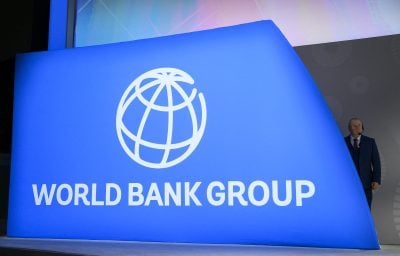It is estimated that from 2010 to 2015 an additional 20,000MW of power generation capacity entered operation in Africa, of which 7,500MW consisted of renewables. Over recent years, renewables’ share of projected capacity additions has been periodically adjusted upwards in African countries’ energy master plans as the cost of technology reduces and procurement processes become more efficient and competitive.
Virtually every country in Africa, even fragile states, has a procurement programme in some stage of development or implementation which includes renewables. For each dollar of investment in generation capacity, at least another 50% again is required in developing transmission and distribution infrastructure, the design of which is affected in various ways by the presence of renewables in the energy mix.
Procurement processes and institutions, and legal and regulatory frameworks have evolved or been adapted to reflect the characteristics of renewable technologies. Rural electrification programmes using renewables mini-grids have changed the economic viability of providing access to rural populations.
US support and collaboration has been central to these developments at numerous levels, ranging from technical assistance, participation throughout the capital structure in private sector projects, debt syndication, public sector loans, supply chain credit facilities and provision of risk mitigation products.
This support and collaboration involves a network bilateral institutions such as OPIC, USAID and US EXIM; multilateral institutions including the World Bank Group and the African Development Bank; strategic partnerships such as the Climate Investment Funds facility; intermediaries including funds and regional institutions; and initiatives such as the African Renewable Energy Initiative (AREI) and Sustainable Energy for All (SE4All) and the US AID-led Power Africa initiative.
The election of Donald Trump seems certain to result in a scaling back of US support for clean energy projects in Africa. Not only has he declared climate change to be a hoax, and indicated that the US will withdraw from the 2015 Paris agreement to limit global warming, but the institutional network referred to above through which the US participates also offends certain other core positions.
In particular, the view that there is no direct connection between global development and the national interest, economic isolationism as well as the idea that institutions such as US EXIM belong to a system of crony capitalism. Whilst a scaling back will have a major impact, it is difficult to predict its exact nature and extent.
Whilst some of the institutions through which the US acts in this domain are bilateral, many are multilateral, and it seems clear from the statements around this month’s UN Climate Change Convention (COP22) conference in Marrakech that other countries and key stakeholders remain committed to the consensus view on climate change. Further, values which are objectionable to the new administration are embedded in the institutional DNA of many of the relevant organisations.
It seems most likely therefore that they will continue with the existing policy direction but with reduced support from the US. These events are happening at a time when the renewable energy industry appears to have reached the point of being fully cost-competitive with other technologies.
In South Africa, for example, the cost per kWh of utility-scale solar generation in recent procurements has been below that of coal-fired generation, the cheapest thermal technology. Whilst renewable technologies impose specific demands on the energy mix, they also allow decentralised generation which reduces the burden on grid infrastructure.
The greatest threat to renewable energy projects in Africa arises not in relation to the industry itself, which becoming more regional, but from the scaling down of programmes and products – whether addressing capacity shortcomings in the public sector or market failure issues in the private sector – which are designed to bring about the conditions for accessing private finance and investment.
Assuming a US withdrawal of this kind, it will be important whether there are any compensating trends. It is possible that other countries will step up their commitments within the existing multilateral framework.
Another possibility is that there will be a change in the institutional network with new multilateral institutions representing different constituencies playing a significant role, such as the BRICS development bank. An increase in bilateral support from other sources, particularly China, also seems likely.
Robert Franklin, Legal Director at Clyde & Co
Want to continue reading? Subscribe today.
You've read all your free articles for this month! Subscribe now to enjoy full access to our content.
Digital Monthly
£8.00 / month
Receive full unlimited access to our articles, opinions, podcasts and more.
Digital Yearly
£70.00 / year
Our best value offer - save £26 and gain access to all of our digital content for an entire year!
 Sign in with Google
Sign in with Google 


